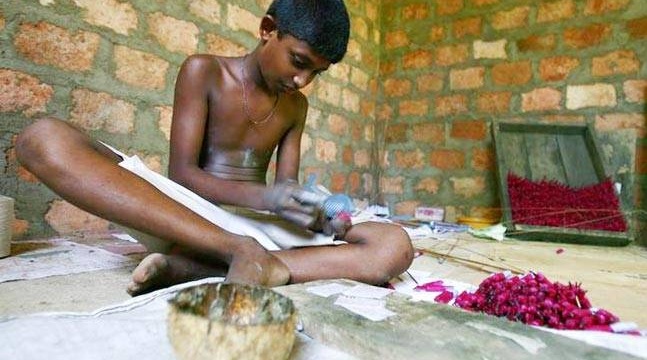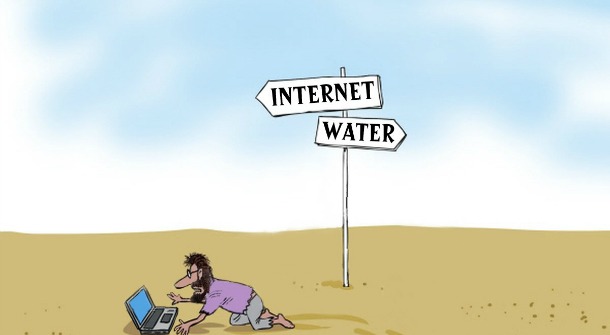The Supreme Court has banned firecrackers in Delhi-NCR preceding the upcoming festival of Diwali while 16 more children have died in Gorakhpur; while these events may at first appear distinct and unrelated we must understand that they are both sides of the same coin. We must acknowledge that they point to an institutional void and subsequently to a future that is bleak and unpromising for the nation as a collective. How far can half-hearted mechanisms really work?
Ali Haider| The New Leam

The Supreme Court has declared a ban on the sale of firecrackers in Delhi- NCR keeping into consideration the alarming rise in the pollution levels of the capital city. The pollution levels last year post the festival of Diwali rose by 29 times according to WHO standards and thus the decision by the Supreme Court comes at the right moment. Rising levels of pollution are known to cause a variety of respiratory disorders and impact the quality of air for a long time. Though the decision by the Supreme Court is a welcome gesture it must be noted that due to its half-hearted arrangements the pollution levels this year although likely to be reduced will not be heavily impacted due to the fact that while the sale of firecrackers may be banned its use is not prohibited. This means that there is no curb to the purchase of firecrackers from out of Delhi-NCR region which can later be brought to Delhi and used on the occasion. This means that although keeping into consideration the grim condition of the atmosphere last year during the same time and reported cases of severe respiratory and heart problems especially among the children and the elderly the Supreme Court’s ban is a positive step ahead yet it is by no means a holistic approach to dealing with the problem.

The second recent issue that we wish to draw your attention towards is the fact that in Gorakhpur’s BRD Medical College hospital again over 16 children have died. The memory of the tragic deaths of more than 63 children earlier this year in the same hospital due to oxygen shortage and infection are still ripe in our minds and this shocking news of the same case unfolding itself in the same premises has completely made us numb. What does this reveal? We were told that when the incident unfolded earlier this year an FIR against the responsible authorities was launched and due action to correct the fallacy was taken but recently the tragedy has taken an altogether new dimension as more children have fallen prey to its stark negligence.
The reader may ask why we are here discussing both these distinct cases together or what really could be the possible linkage between the two. It is here that we wish to invite our readers to ask some critical questions such as:
What kind of future are we building for the younger generation? Polluted water, air and soil have become the contemporary realities in the post industrial age leading to an unprecedented damage to our natural resources, are our collective futures bleak?
As a nation are not our priorities highly misplaced? Unable to secure a basic infrastructure for health, education and public welfare how is it possible for a nation to become developed? Who is the centre of our development, what is the growth rate meant for?
The Supreme Court ruling about the ban on firecrackers and the negligence of the authorities in Gorakhpur are not dissociated from each other but are sides of the same coin. They talk about the denial of basic human rights; they talk about a nation state which cannot provide its citizens a dignified existence with health and welfare mechanisms. Today, what we must understand is that respiratory diseases due to pollution or death in hospitals due to negligence are all symbols of the failed system. They compel us to ask what growth means and what the work of the nation state really must comprise of. It is time we began interlinking distinct events so that we understand an underlining pattern that seems to point to a rot in the system that must urgently be addressed. We hope that you would ask yourself these questions and circulate it amongst friends, co-workers and well-wishers so that we are able to create a dialogue on collective concerns. This is the need of the hour.
The New Leam has no external source of funding. For retaining its uniqueness, its high quality, its distinctive philosophy we wish to reduce the degree of dependence on corporate funding. We believe that if individuals like you come forward and SUPPORT THIS ENDEAVOR can make the magazine self-reliant in a very innovative way.














